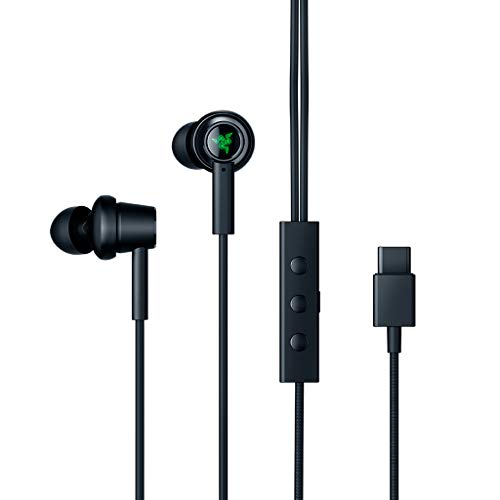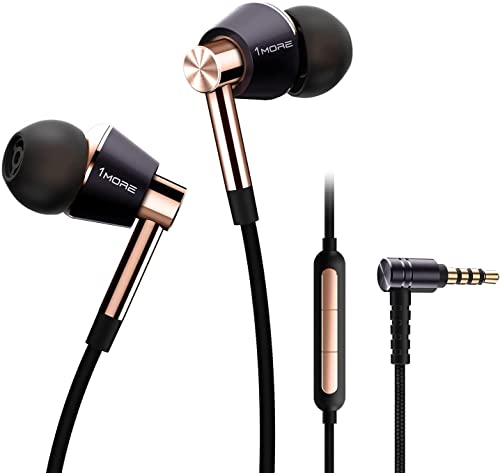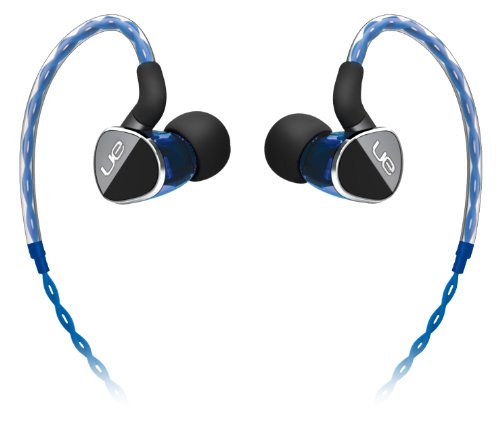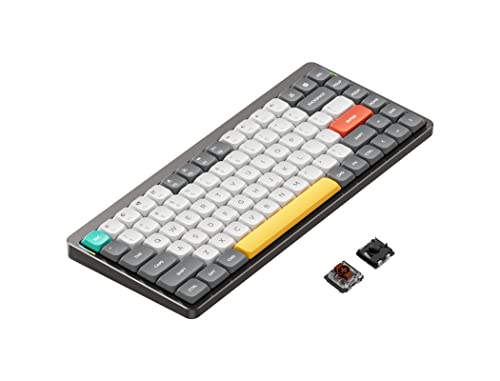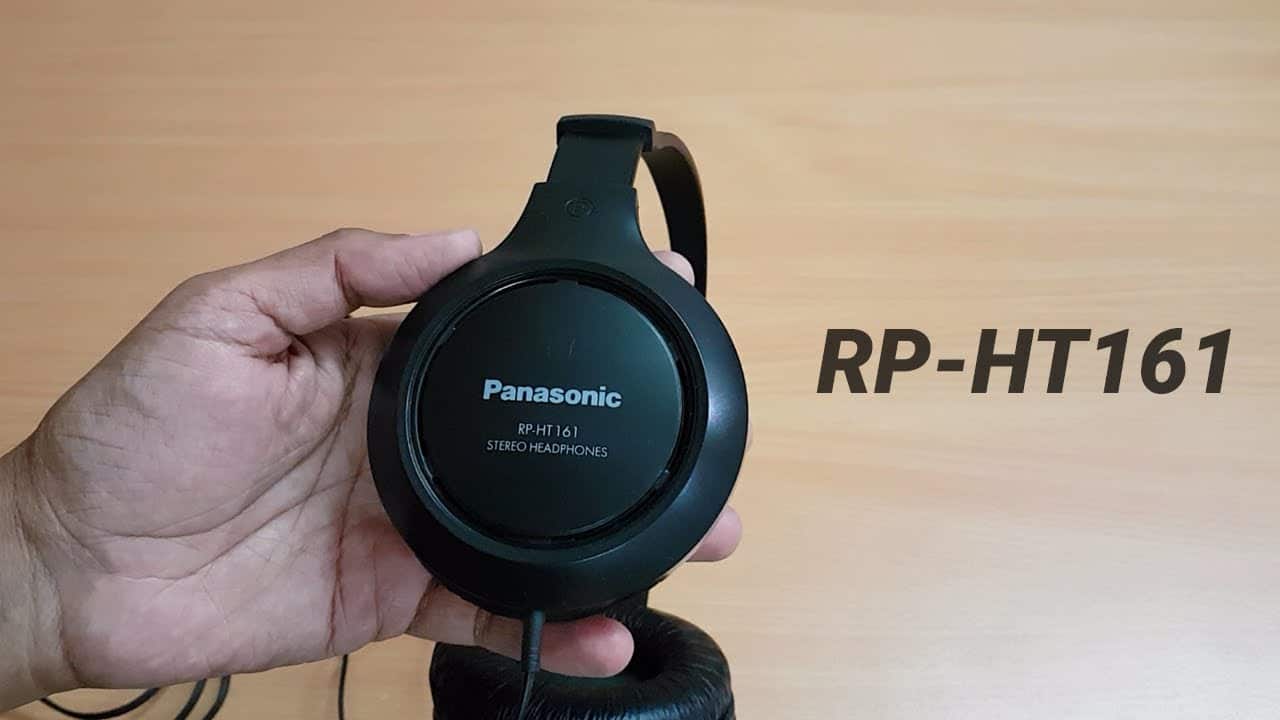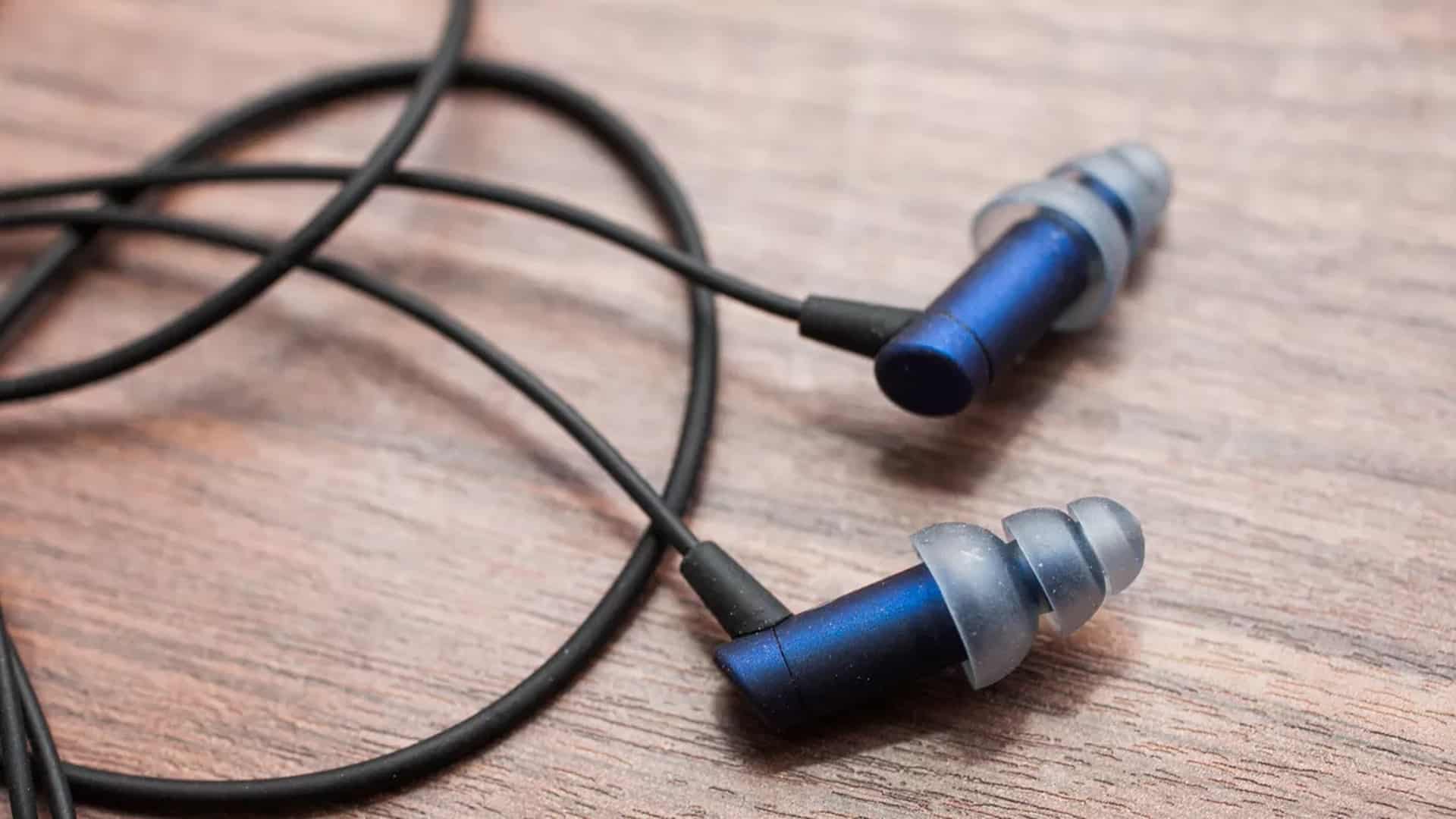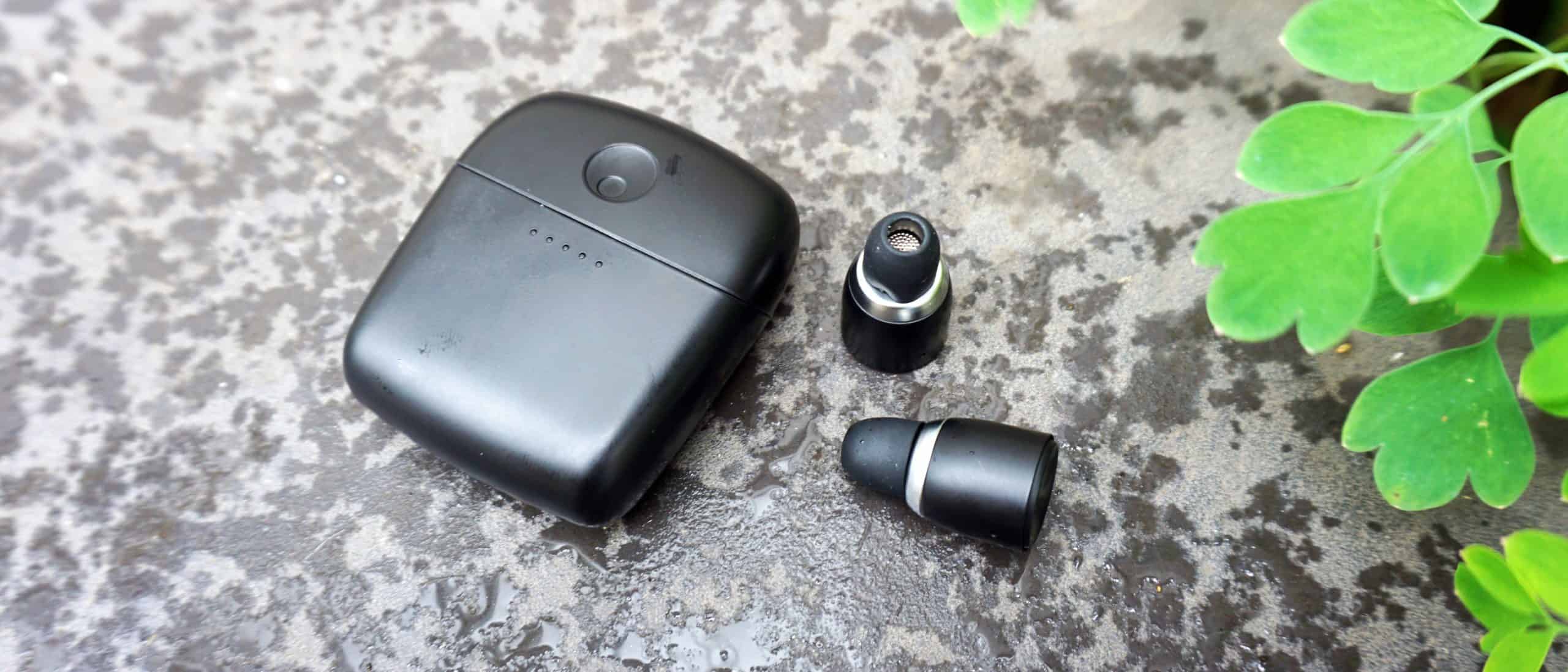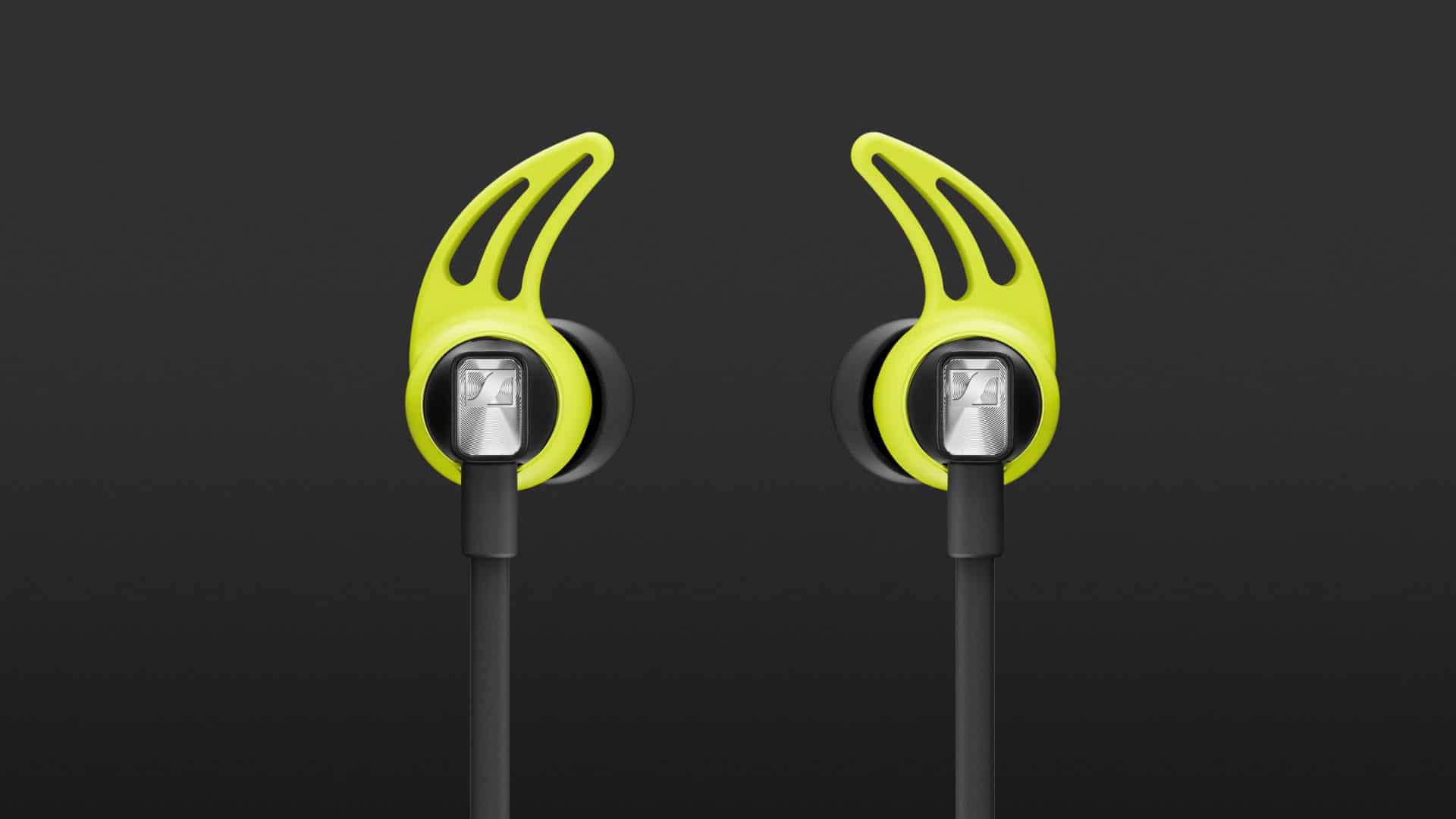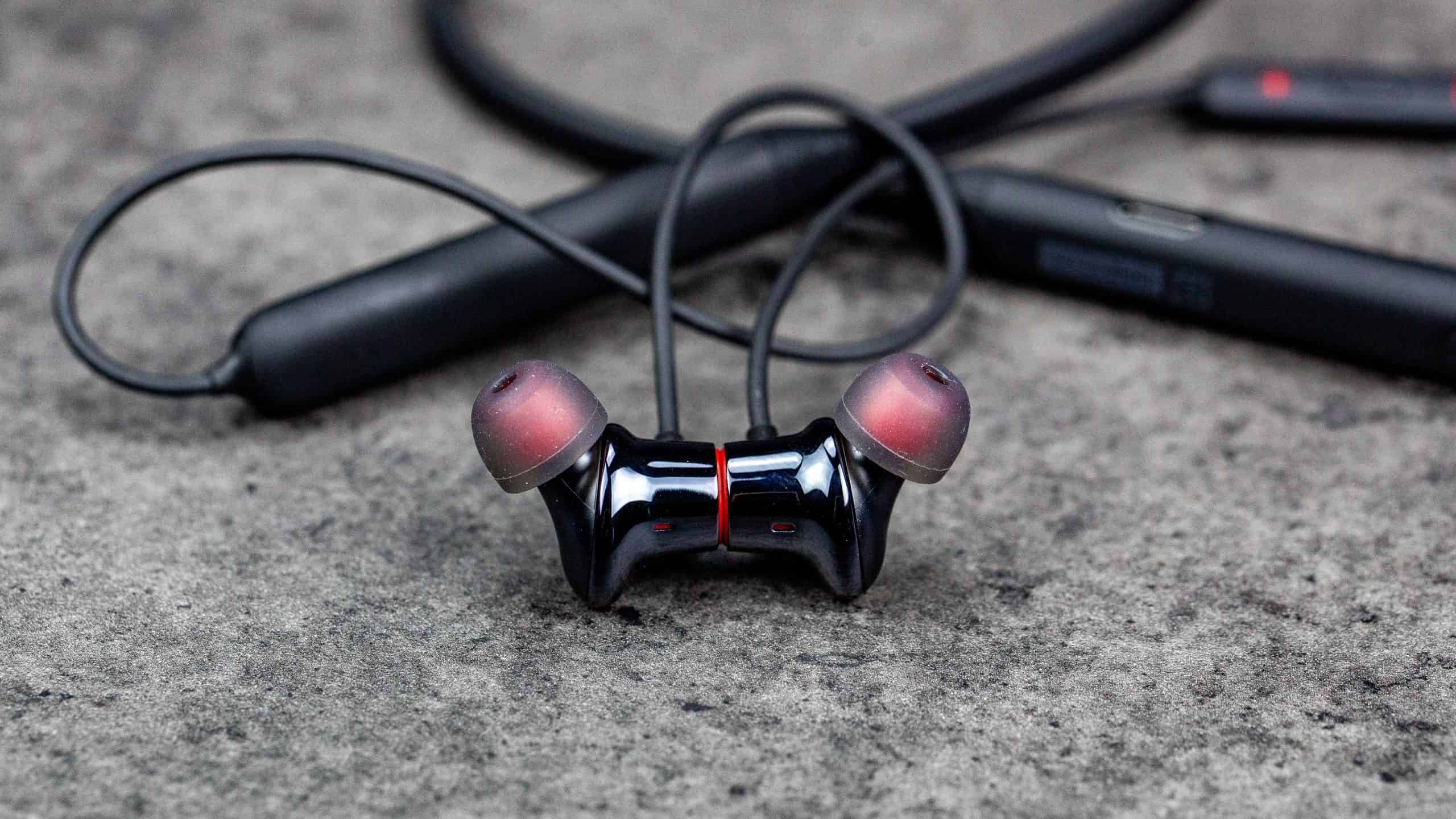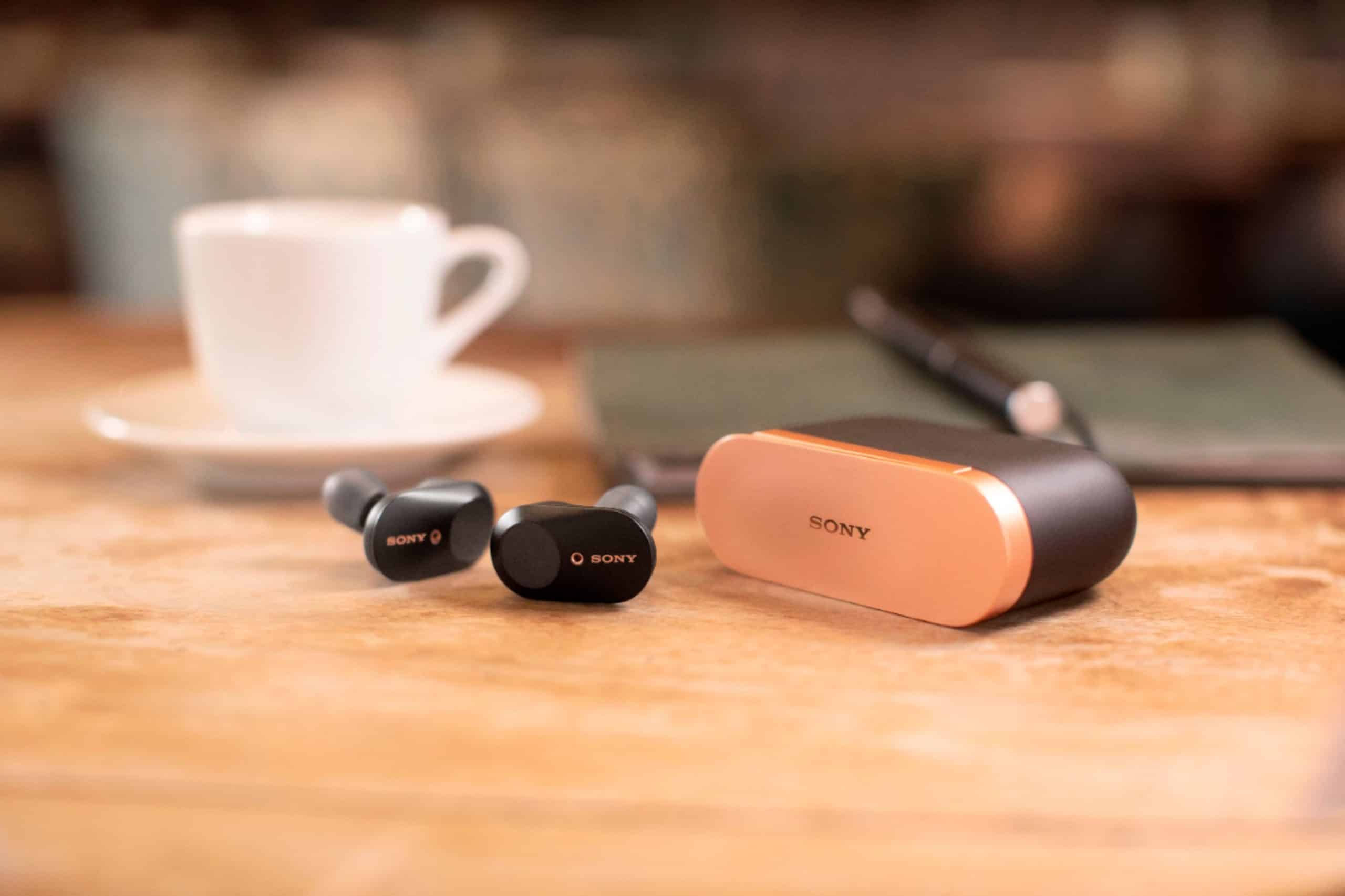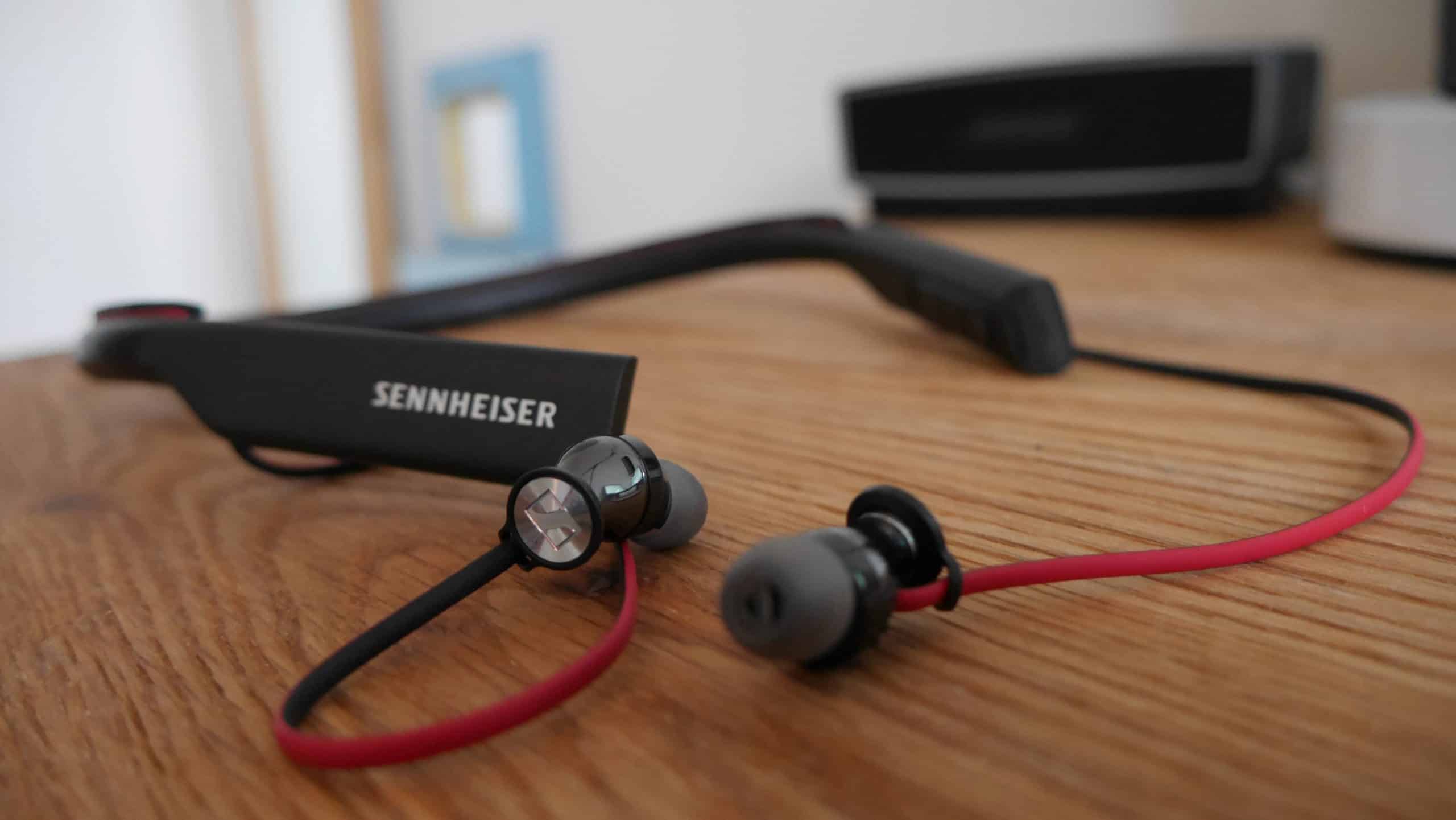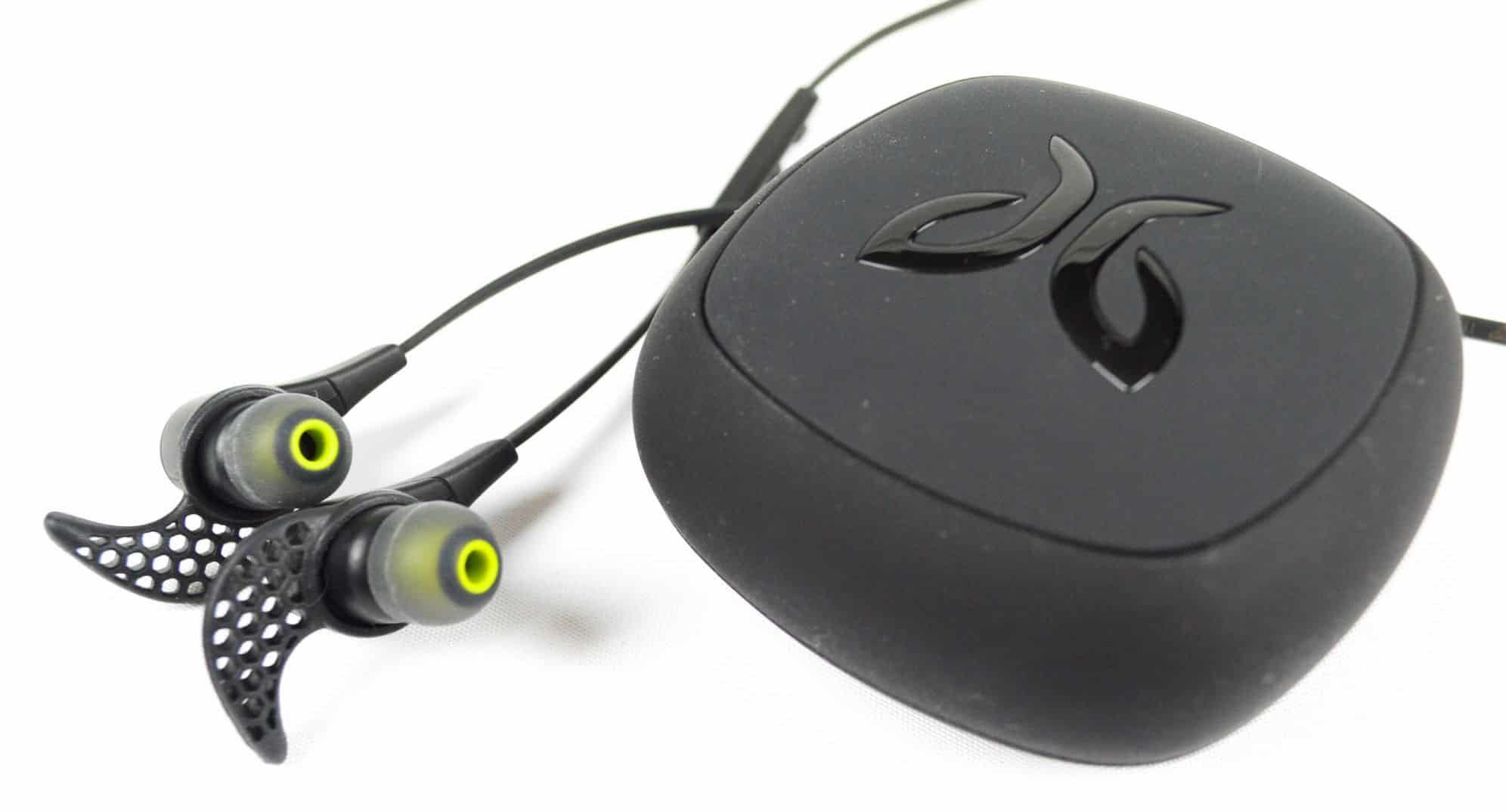If you’re looking to upgrade your listening experience and find yourself asking, “what are monitor headphones,” you need to know a few things to decide if they’re a good option for you. Some of the best headphones on the market are monitor headphones for their extremely accurate sound reproduction, clarity, and more robust builds.
KEY TAKEAWAYS:
- Monitor headphones are ideal for recording and mixing professionals because of their highly accurate sound reproduction.
- Consumer-grade or regular headphones are louder or sound more “present” than monitor headphones because they’re usually built with gain or frequency boosters that add distortion and limit clarity.
- Closed-back monitor headphones are best for eliminating bleed from headphones into microphones and isolating the listener from outside sounds, but open-back headphones are more comfortable and lightweight.
While reading up on headphones, you may want to look into other options like Bluetooth headphones. If you want to look at more wireless options, read about the differences between wireless and Bluetooth headphones.
So What Exactly Are Monitor Headphones?
Monitor headphones are designed with recording and audio work in mind. They’re used by both casual audiophiles and professional recording and mixing engineers for their highly accurate, “flat frequency response” sound reproduction, comfort, and sturdiness.
Insider Tip
Studio or monitor headphones offer the most clarity and the largest frequency response of any class of headphones, making them perfect for musicians.
That level of performance also means they’re a bit more of an investment than consumer-grade headphones, though relatively inexpensive options exist with semi-pro or prosumer markets in mind. There are a few main ways they differ from a regular pair of headphones, like the Beats by Dre Remastered Studio over-ear headphones.
Audio Reproduction
Monitor headphones have what’s called a “wide and flat” frequency response. Most headphones have a frequency range of 20-20,000 Hz, the outer limits of sound audible to humans. Many monitor headphones can push beyond those ranges, which would seem pointless since they would be inaudible. But the difference is audible since a wider frequency response means that the audible frequencies are reproduced with much higher clarity and less distortion. You can compare AirPods Max vs Beats Studio 3 to see the Hz on these cans.
The “flat” part of wide and flat frequencies means that sounds are reproduced without adding EQ that would boost particular frequencies, such as the lower bass sounds around 80-200Hz. Most commercial headphones have built-in bass or treble boosters that may sound good for some kinds of audio, but sound engineers require the most accurate audio possible and monitor headphones provide that.
Volume
Another difference between consumer and monitor headphones that many users will notice is that monitor headphones have a lower maximum volume. This isn’t a defect, however. The reason is that most consumer-grade headphones have gain, EQ, or loudness boosts (or all three) to make them more appealing for casual use. Conversely, monitor headphones, built for maximum accuracy in sound reproduction, have none of those features.
This generally isn’t a problem for audio engineers and sound recordists, who usually monitor recordings with low-noise, powerful headphone amps. But if you’re buying monitor headphones to listen to music on your iPhone, you’ll probably notice they’re quieter than you’re used to.
Build Quality
For the most part, since monitor headphones are built with professional use in mind, they are of higher overall build quality than consumer-grade options. This includes materials used, construction, and overall design, meaning they are more robust, break less easily, and will last a lot longer with care.
Warning
Monitor headphones are noticeably quieter than most consumer-grade models.
F.A.Q.S
Are monitor headphones good for general or casual music listening?
Not for a lot of users, but it depends. Most music fans are used to a frequency response with boosted frequencies in the bass and treble ranges or gain boosting. These produce more pleasing results despite distortion. Monitor headphones are quieter and lack any frequency or gain boost, meaning many casual users won’t find them enjoyable or practical.
Should you buy your own studio or monitor headphones?
If you record, mix or edit music and sound on a semi-pro or professional level, it’s practically a requirement for getting the most accurate audio reproduction possible. Most casual music listeners won’t benefit enough from them to justify the increased cost.
What are the main types of studio headphones?
Studio or monitor headphones come in two main varieties. The first is closed-back headphones, which fully enclose the ear, blocking external sounds and bleeding. However, these models can be uncomfortable to use over long periods. The second type is open-ear models, which are lighter and more comfortable but don’t block audio spill either into your ears or from the headphones into a mic.
STAT: Monitor headphones reduce total harmonic distortion — or the distortion of audio due to artificially boosting certain frequencies — down to .05%, whereas consumer models hover closer to 50%. (source)
REFERENCES:

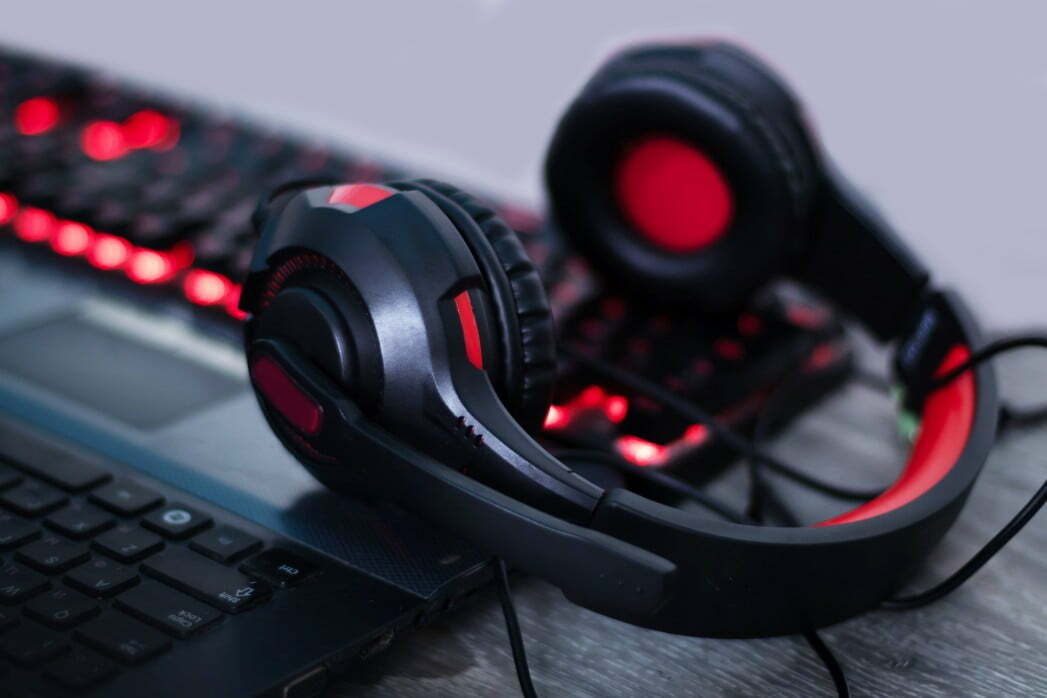














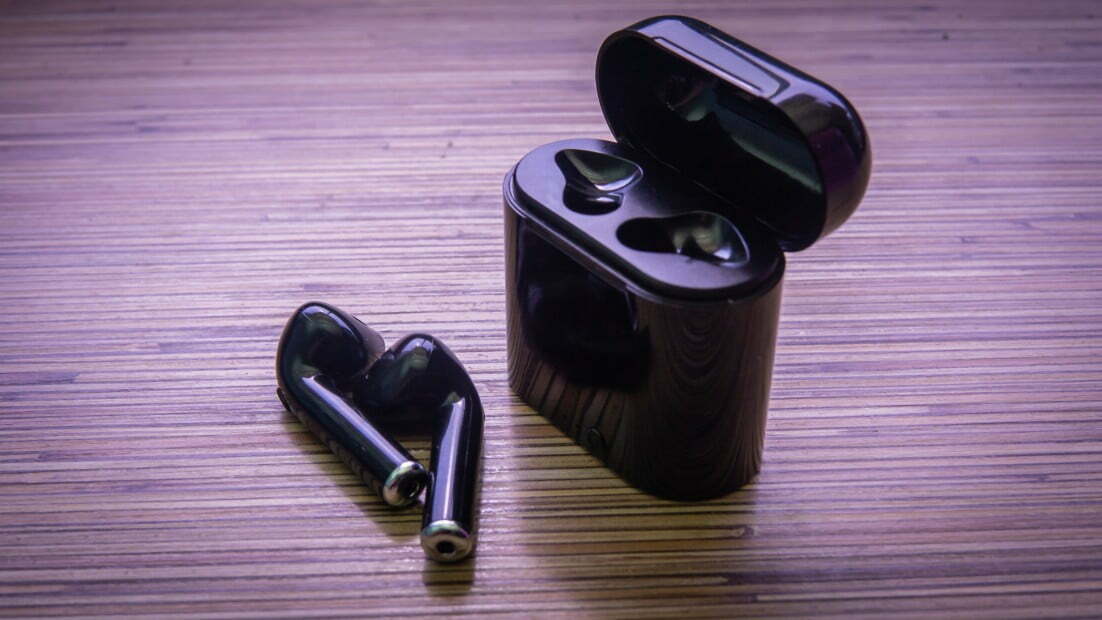


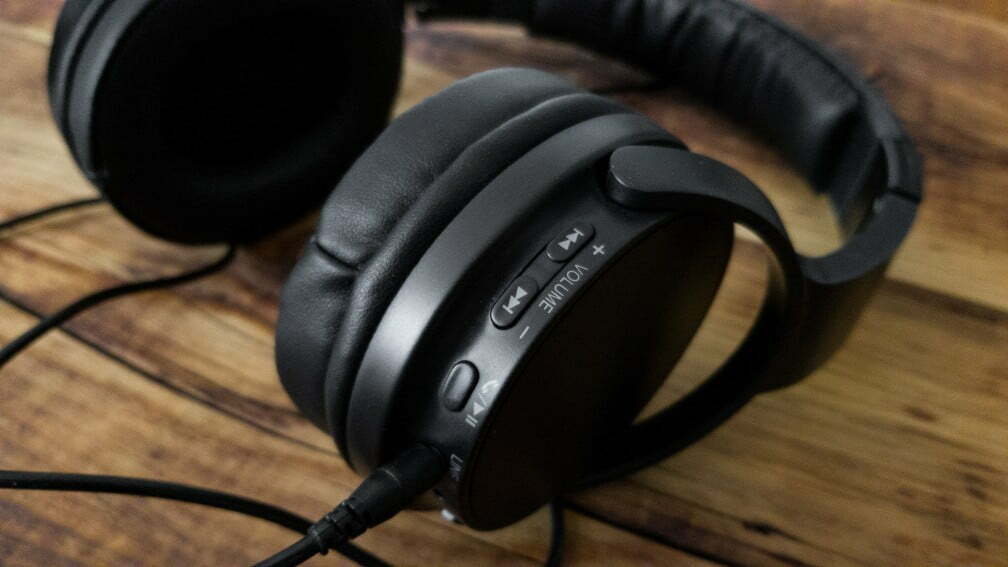










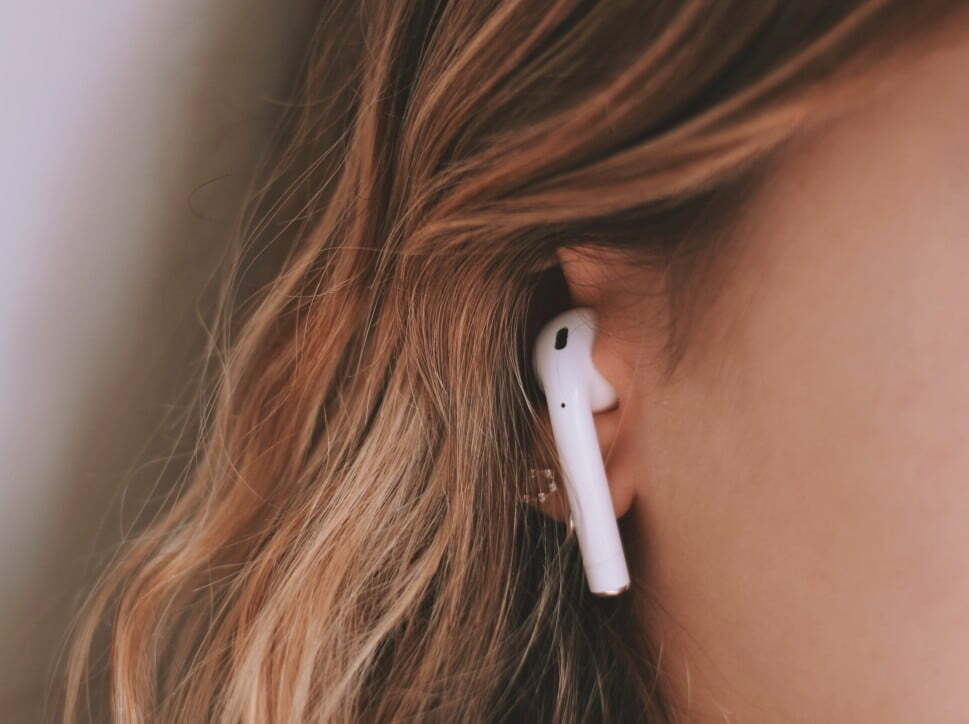

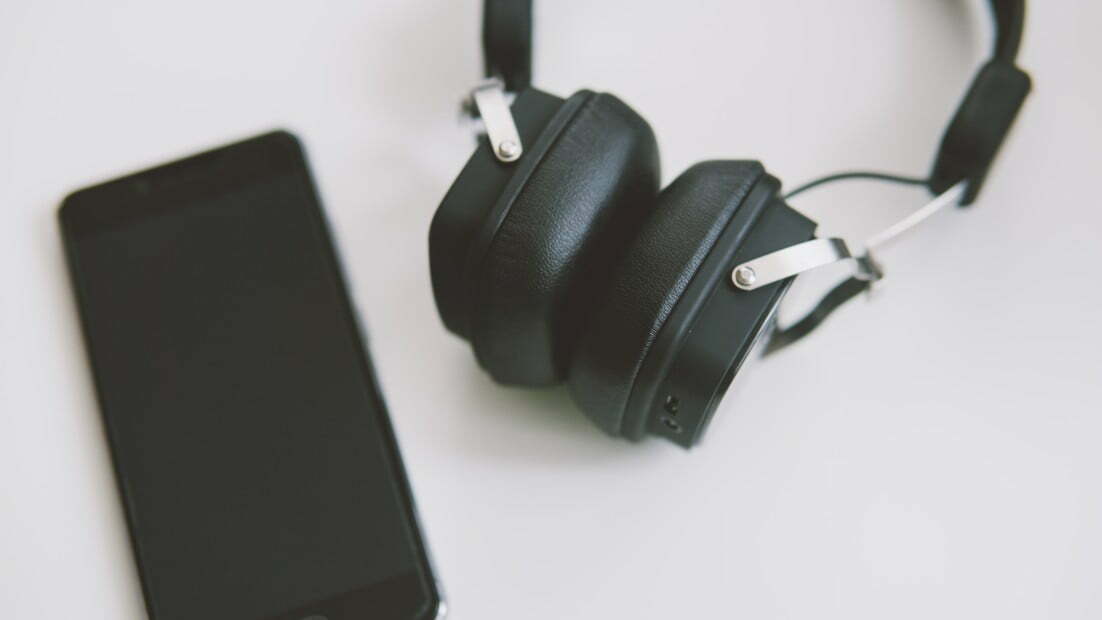


![Best Over-Ear Headphones for Working Out in [year] 27 Best Over-Ear Headphones for Working Out in 2025](https://www.gadgetreview.dev/wp-content/uploads/best-over-ear-headphones-for-working-out-image-scaled.jpg)
![Best Sennheiser Headphones in [year] 28 Best Sennheiser Headphones in 2025](https://www.gadgetreview.dev/wp-content/uploads/best-sennheiser-headphones-image-1.jpg)
![Best Sony Headphones in [year] 29 Best Sony Headphones in 2025](https://www.gadgetreview.dev/wp-content/uploads/best-sony-headphones-image-1.jpg)
![Best Open Back Headphones in [year] 30 Best Open Back Headphones in 2025](https://www.gadgetreview.dev/wp-content/uploads/best-open-back-headphones-image-1.jpg)
![Best Headphones in [year] ([month] Reviews) 31 Best Headphones in 2025 (December Reviews)](https://www.gadgetreview.dev/wp-content/uploads/best-over-the-ear-headphones.jpg)
![Best Noise Cancelling Headphones for Sleeping in [year] 32 Best Noise Cancelling Headphones for Sleeping in 2025](https://www.gadgetreview.dev/wp-content/uploads/best-noise-cancelling-headphones-for-sleeping-image-1.jpg)
![Best Noise-Cancelling True Wireless Earbuds in [year] 33 Best Noise-Cancelling True Wireless Earbuds in 2025](https://www.gadgetreview.dev/wp-content/uploads/best-noise-cancelling-true-wireless-earbuds-image.jpg)
![Best Headphones with a Mic in [year] 34 Best Headphones with a Mic in 2025](https://www.gadgetreview.dev/wp-content/uploads/best-headphones-with-mic-image.jpg)
![Best Headphones for Sleeping in [year] 35 Best Headphones for Sleeping in 2025](https://www.gadgetreview.dev/wp-content/uploads/best-headphones-for-sleeping-image.jpg)
![Best Headphones for Teens in [year] 36 Best Headphones for Teens in 2025](https://www.gadgetreview.dev/wp-content/uploads/best-headphones-for-teens-image.jpg)
![Best Noise Canceling Headphones for Kids in [year] 37 Best Noise Canceling Headphones for Kids in 2025](https://www.gadgetreview.dev/wp-content/uploads/best-noise-cancelling-headphones-for-kids-image.jpg)
![Best Headphones for Music Production in [year] 38 Best Headphones for Music Production in 2025](https://www.gadgetreview.dev/wp-content/uploads/best-headphones-for-music-production-image.jpg)
![Best Wired Headphones in [year] 39 Best Wired Headphones in 2025](https://www.gadgetreview.dev/wp-content/uploads/best-wired-headphones-image.jpg)
![Best USB Headphones in [year] 40 Best USB Headphones in 2025](https://www.gadgetreview.dev/wp-content/uploads/best-usb-headphones-image.jpg)
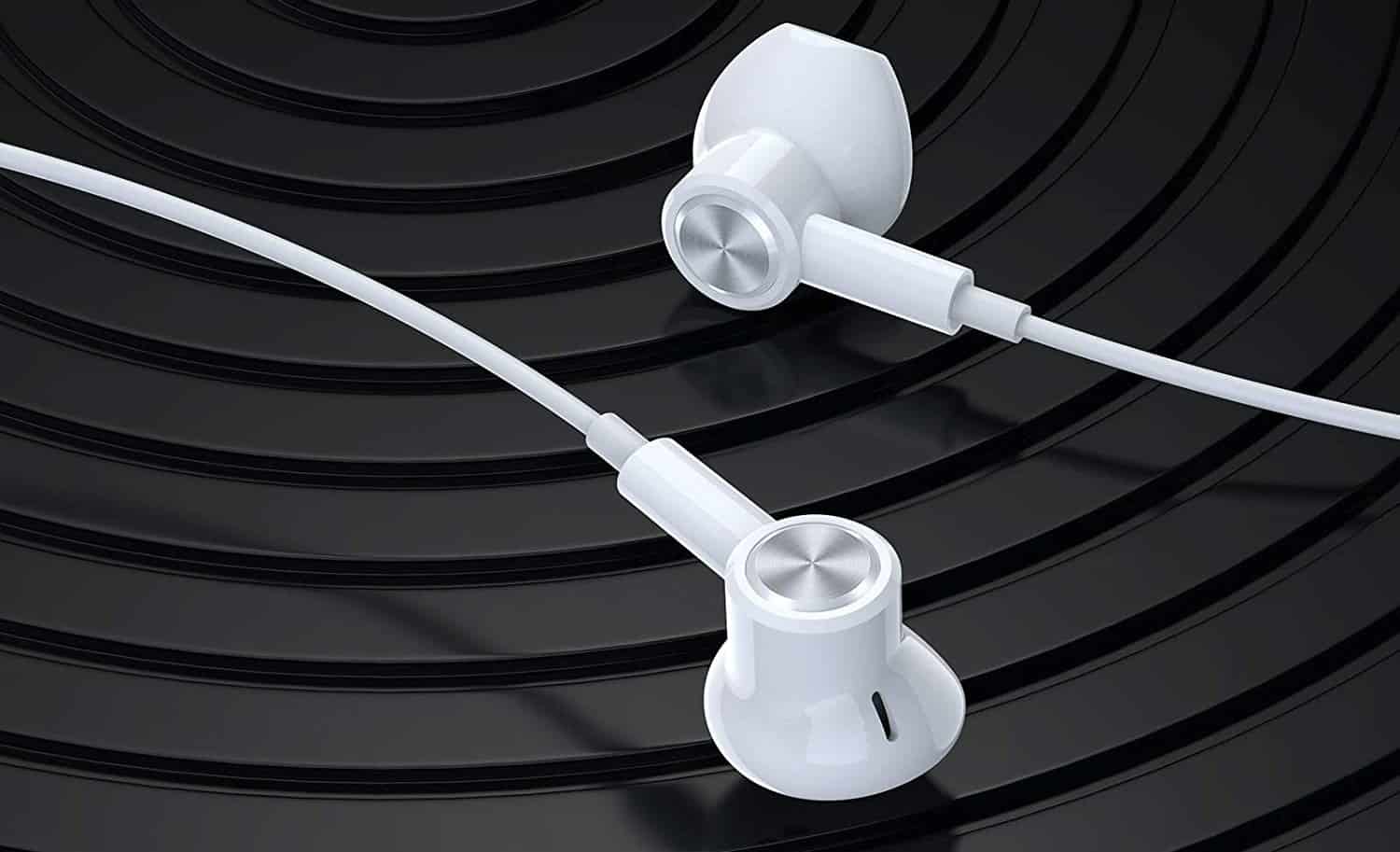
![Best Headphones for Mowing in [year] 42 Best Headphones for Mowing in 2025](https://www.gadgetreview.dev/wp-content/uploads/best-headphones-for-mowing-image.jpg)
![Best Headphones for Music in [year] 43 Best Headphones for Music in 2025](https://www.gadgetreview.dev/wp-content/uploads/best-headphones-for-music-image.jpg)
![Best TV Headphones for Seniors in [year] 44 Best TV Headphones for Seniors in 2025](https://www.gadgetreview.dev/wp-content/uploads/best-tv-headphones-for-seniors-image.jpg)
![Best True Wireless Earbuds in [year] 45 Best True Wireless Earbuds in 2025](https://www.gadgetreview.dev/wp-content/uploads/best-true-wireless-earbud-image.jpg)
![Best Swimming Headphones in [year] 46 Best Swimming Headphones in 2025](https://www.gadgetreview.dev/wp-content/uploads/best-swimming-headphones-image.jpg)






